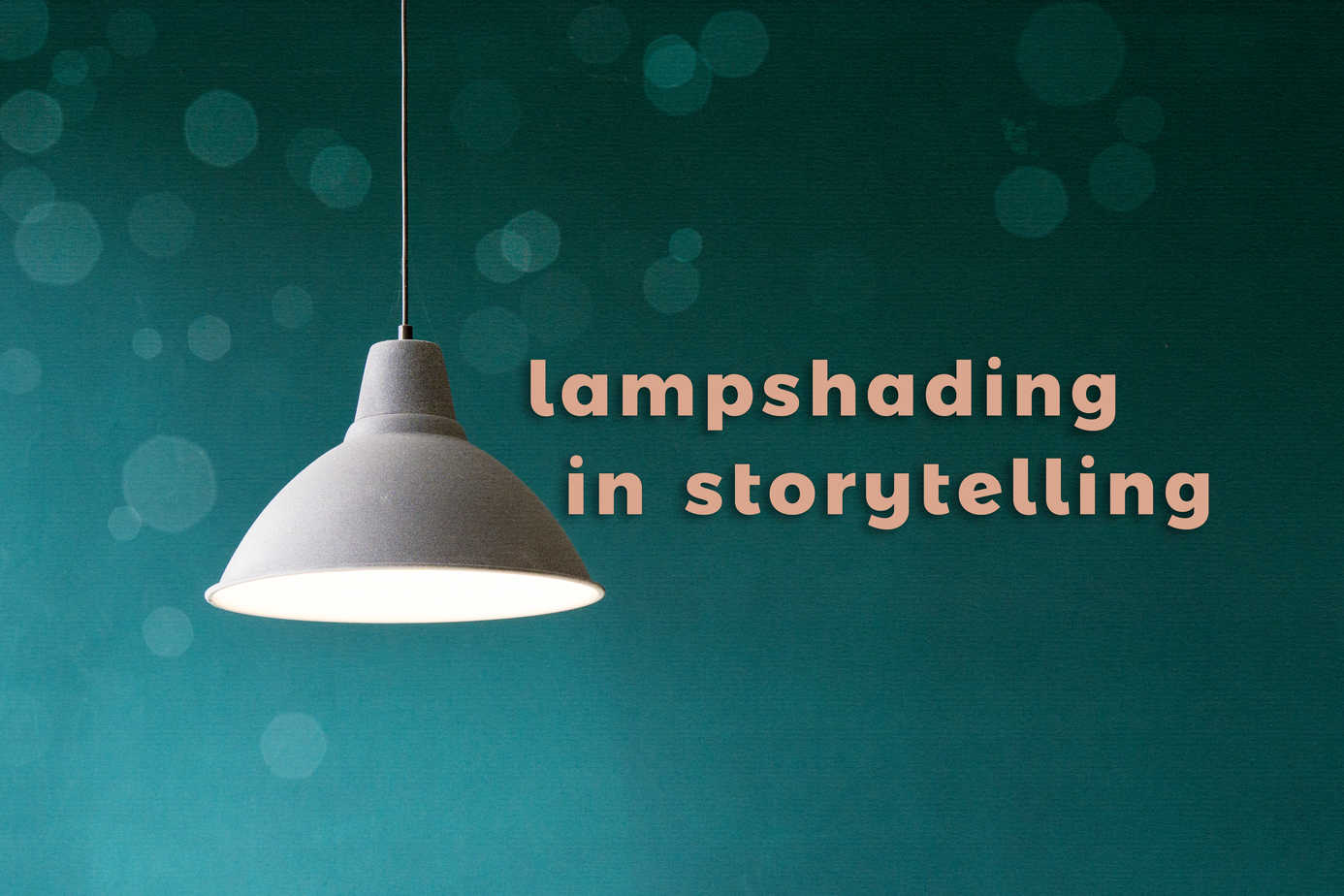-
Pathetic Fallacy: Not actually an insult
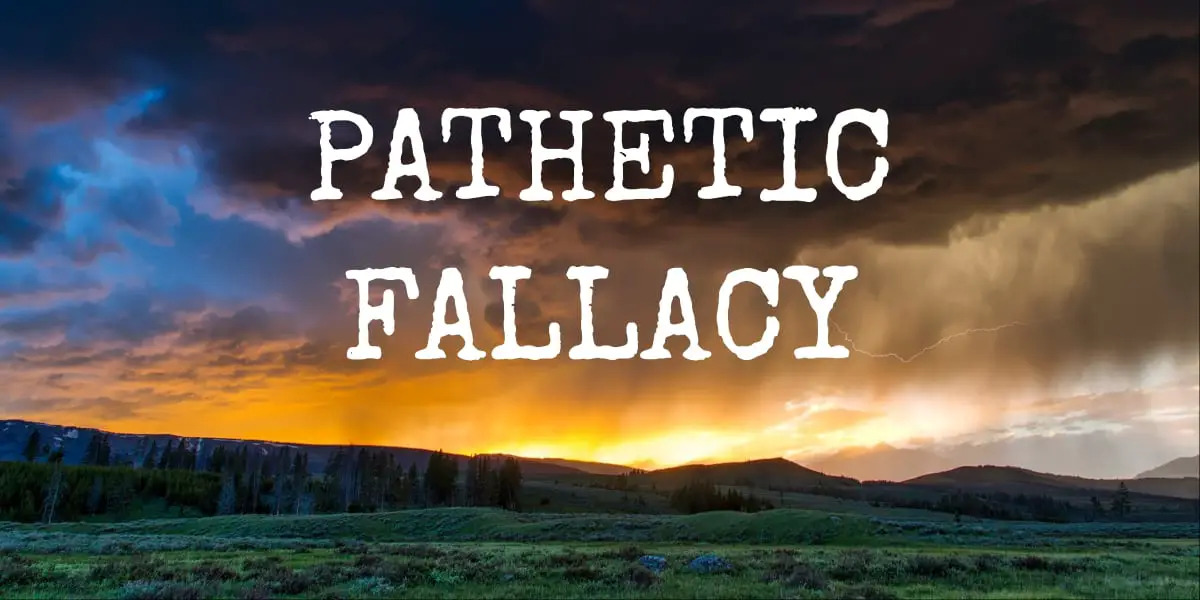
What is pathetic fallacy? Pathetic fallacy is a poetic device where, for the purpose of creating symbolic value or another higher-order creative expression, we attribute human emotions to items which don’t feel emotions. Edit Torrent A Short History of Pathetic Fallacy The term ‘pathetic fallacy’ was coined in 1856 by a man called John Ruskin (an art…
-
Inversion Does Not Equal Subversion: The Day The Crayons Quit by Drew Daywalt And Oliver Jeffers
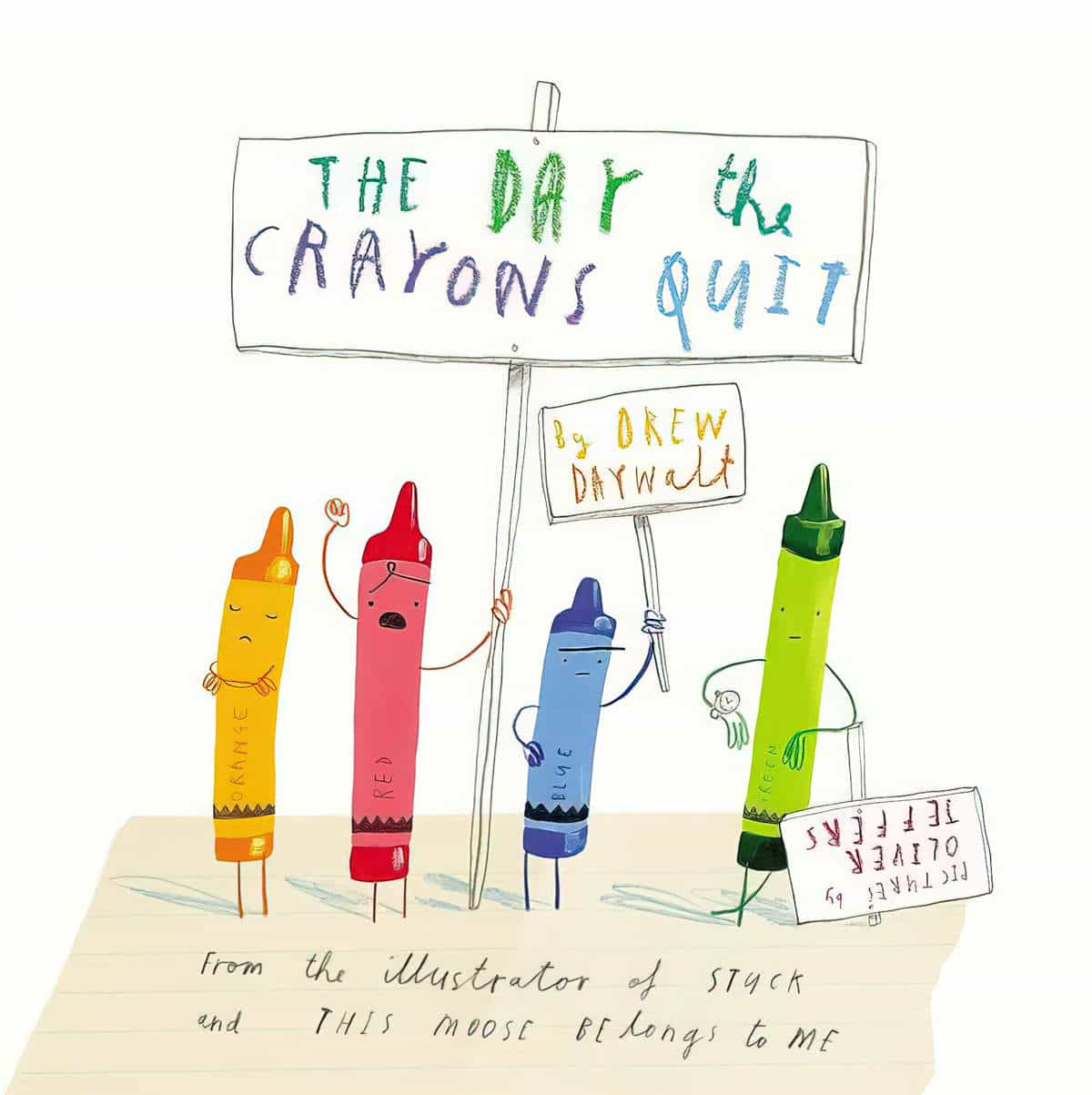
Daniel Craig says “why should a woman play James Bond when there should be a part just as good as James Bond, but for a woman?” “There should simply be better parts for women and actors of colour.” DiscussingFilm (@DiscussingFilm) September 21, 2021 The Day The Crayons Quit is a bestseller made by two picture book…
-
I Want My Hat Back by Jon Klassen Analysis
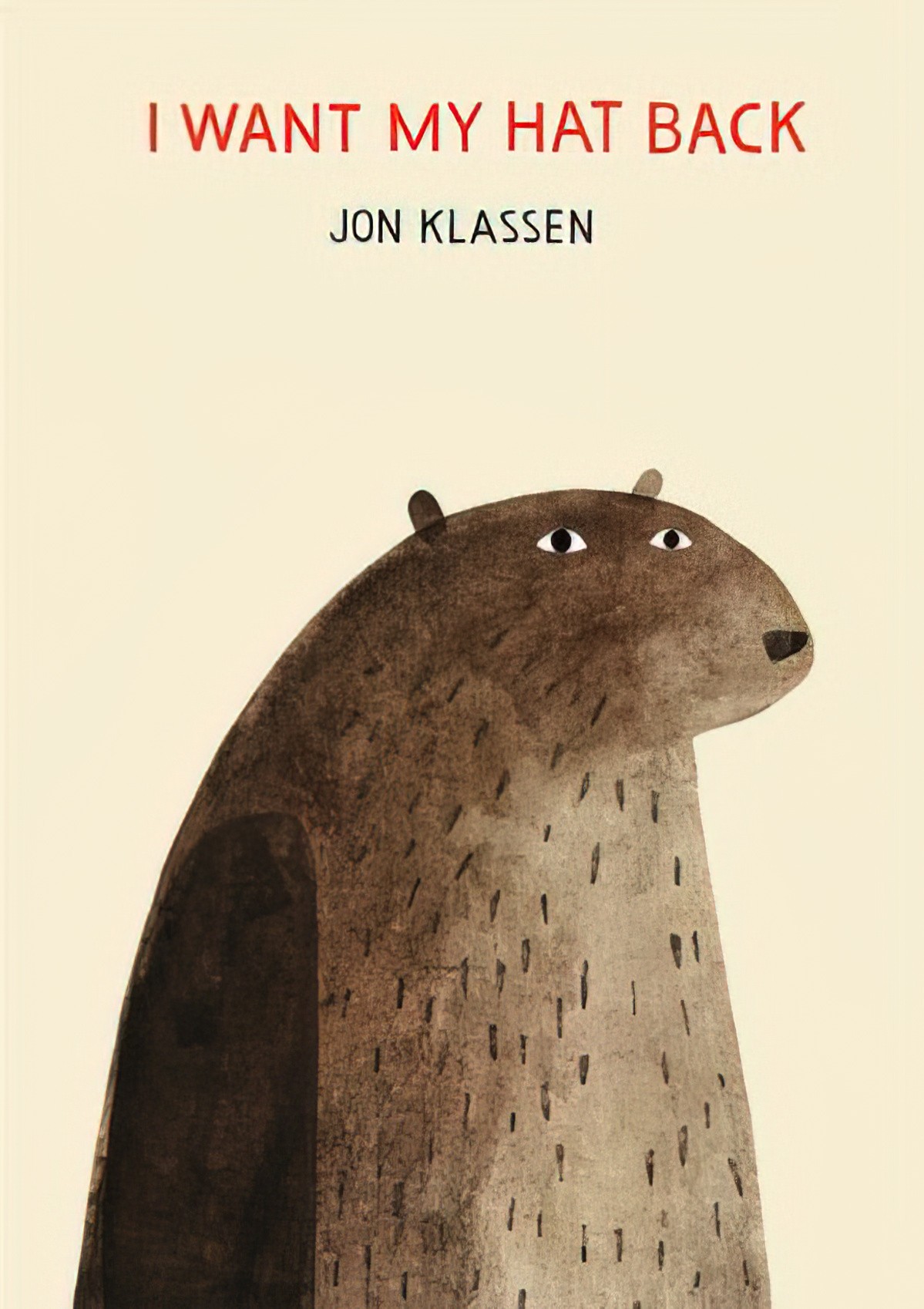
I Want My Hat Back (2011) is one of a trilogy of books written and illustrated by Jon Klassen. The plots are not linked and the characters are different. But they all feature hats. The other two are This Is Not My Hat and We Found A Hat. Holly Storck-Post at SLJ recommends these Jon…
-
Goodbye My Brother by John Cheever Analysis
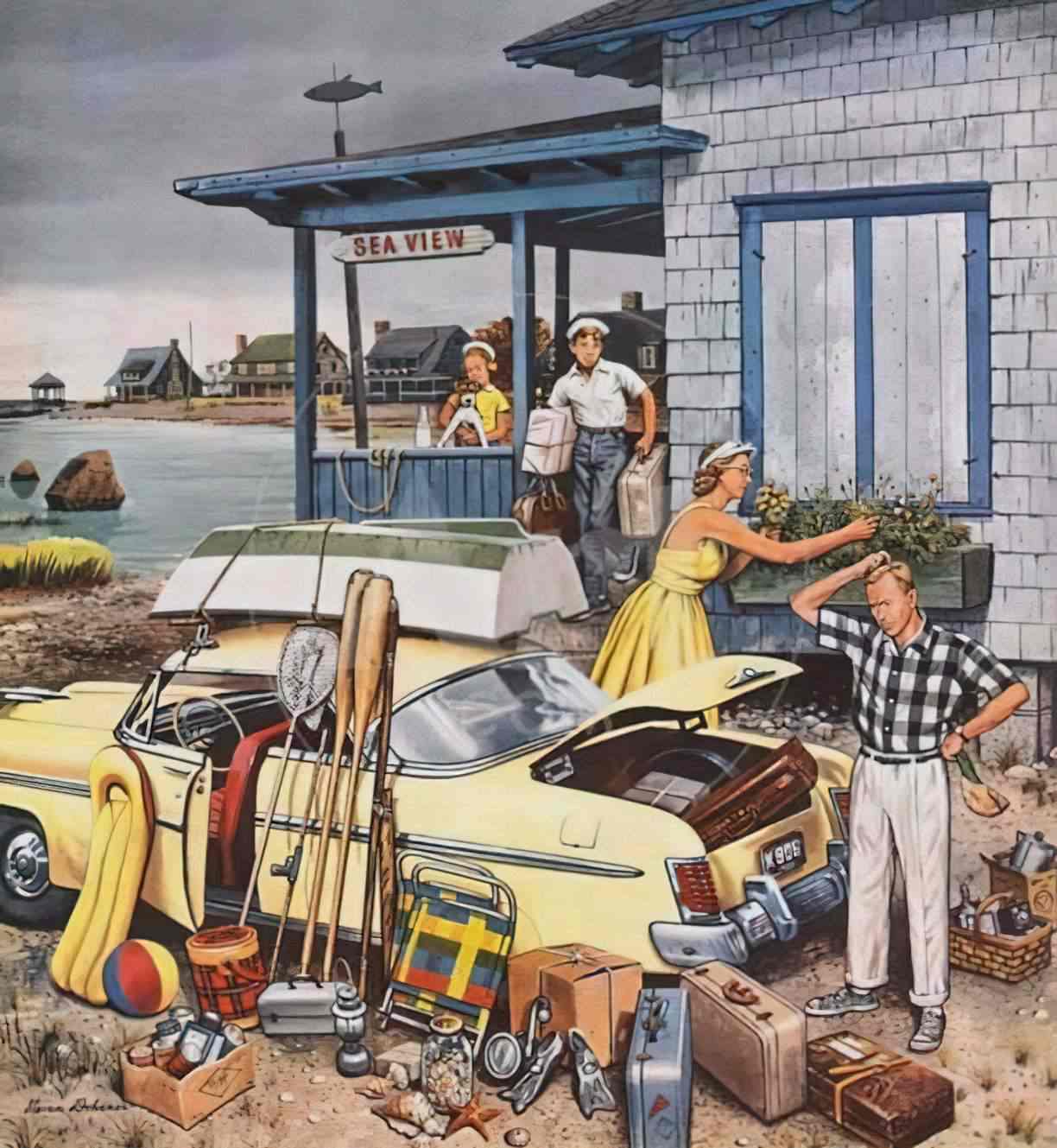
“Goodbye My Brother” is one of John Cheever’s best known short stories. In fact, it was this story which contributed to Cheever’s receiving his Guggenheim Scholarship. Cheever returned time and again to the dynamic of an uneasy relationship between two brothers. The relationship is always a metaphor for something bigger. I prefer the nihilist brother Lawrence, nick-named ‘Croaker’.…
-
Just Me And My Puppy by Mercer Mayer Analysis
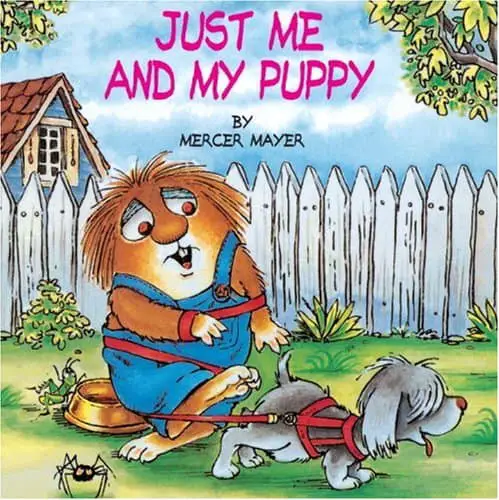
Just Me And My Puppy by American author-illustrator Mercer Mayer is worth a close look because, like many others in this long-running series, it is a wonderful example of ‘counterpoint irony’ in picture books. Though the title may annoy purists, the grammar of the title foreshadows a story told from the point of view of…
-
What is irony in literature?
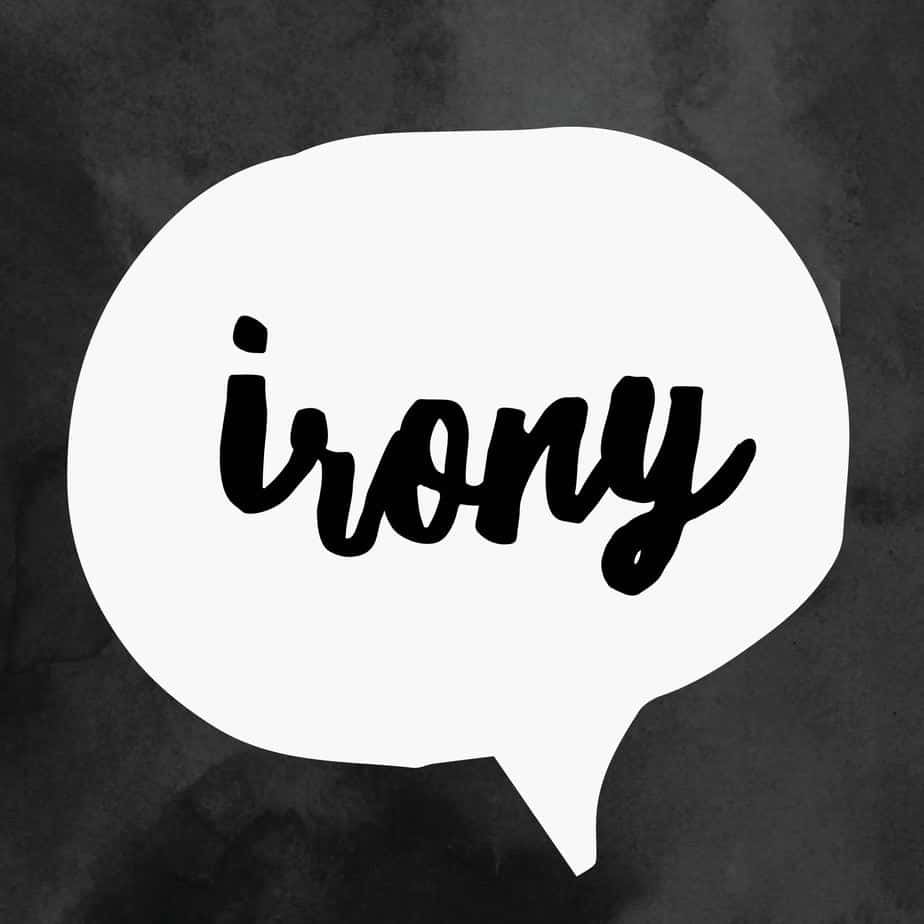
“Given a long enough time, of course, a wide enough frame, there is nothing said or done, ever, that isn’t ironic in the end.” Madame Morrible, Wicked, Gregory Maguire These notes draw heavily from a Narrative Breakdown podcast called The Power Of Irony. See also: All Good Stories Are Ironic from Cockeyed Caravan blog. Irony [is]…
-
What does glamour mean?
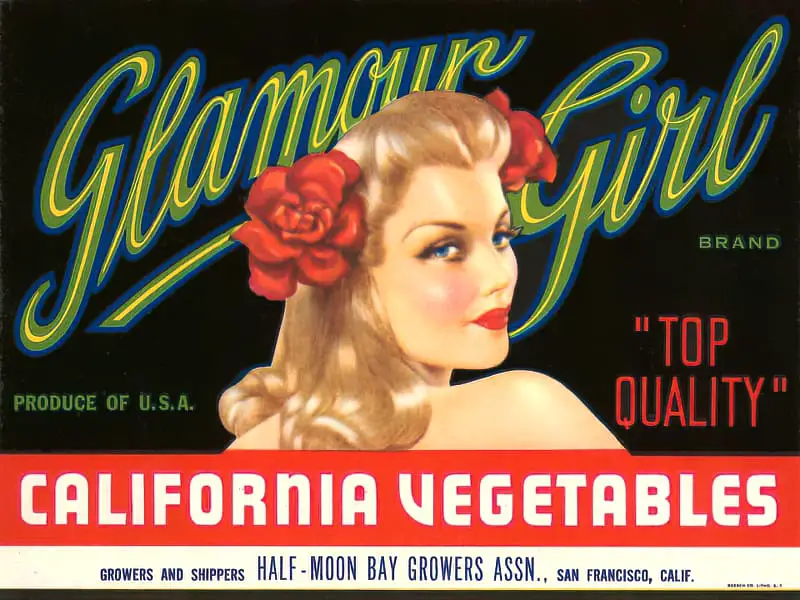
The following are notes from a podcast from Zocalo Public Square: Why Do We Need Glamour? The speaker is Virginia Postrel, who has also delivered a TED Talk. Her book is called The Power Of Glamour. What is glamour? The word ‘glamour’ gets sprinkled around on magazine covers: shiny furniture, jewel tones, satin dresses. This conveys…
-
What Makes A Book For Young Adults?
Little Women, Anne of Green Gables — we now look at these books as historical but Little Women was written about current affairs, about finding a husband while a father was away at war. Pride and Prejudice was also about finding boys. Puberty Blues, a contemporary novel set in Newcastle, is again about a group…
-
What Is Quality Children’s Literature? What Is Trash?
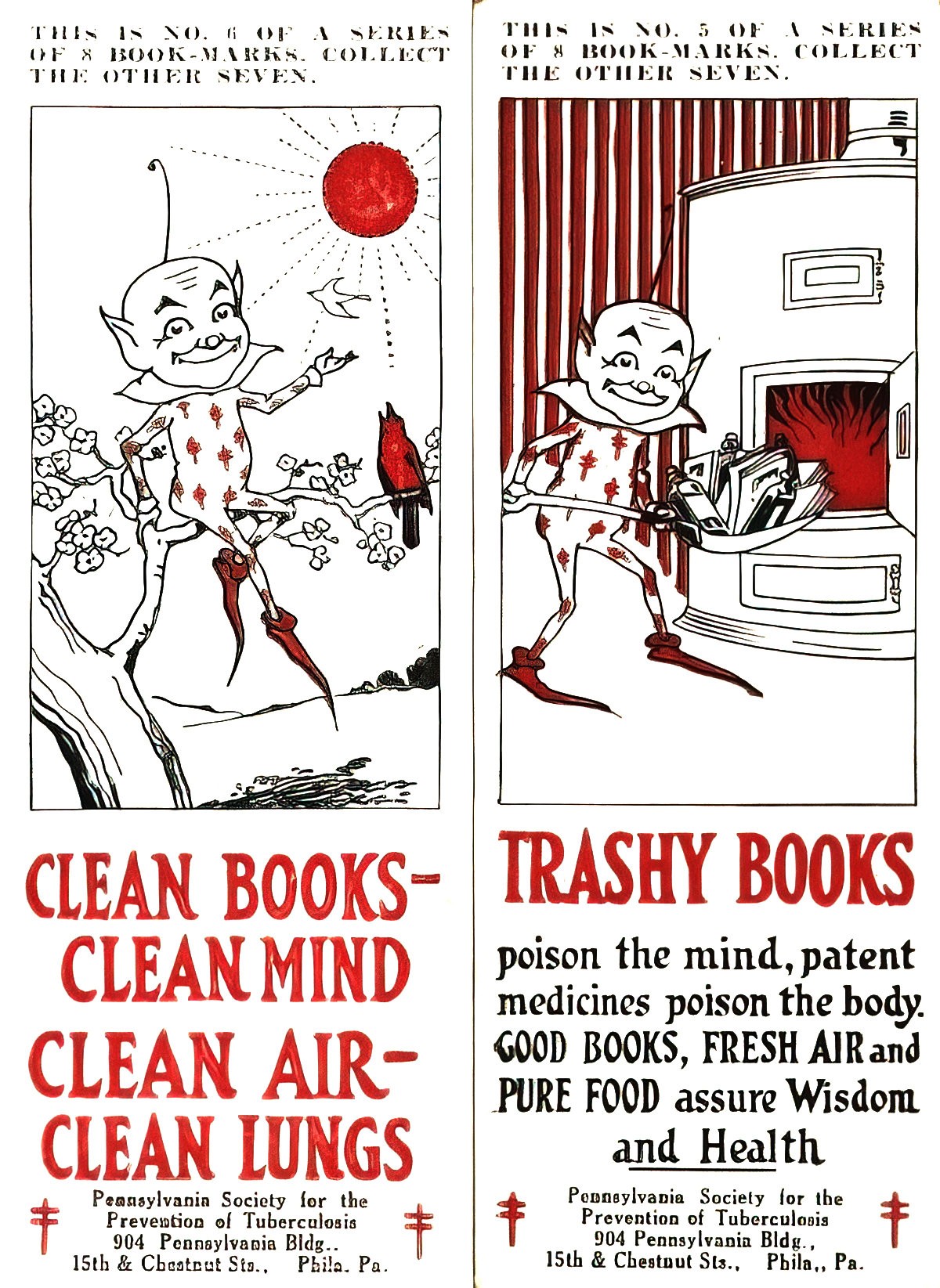
Children’s literature is often lumped into two broad groups: treasure and trash. The former is sometimes called ‘literary’, the latter ‘commercial’.
-
Notes On The Hero From Vogler
If you’re reading something and you’re not sure who the hero is, it’s the character who changes the most. [But this is a little complicated.] The hero is usually the most active one in the story. A hero springs into action with the arrival of some outside force — that includes the reluctant heroes. Heroes…
-
Cloud Tea Monkeys and Mysterious Traveler by Mal Peet and Elspeth Graham
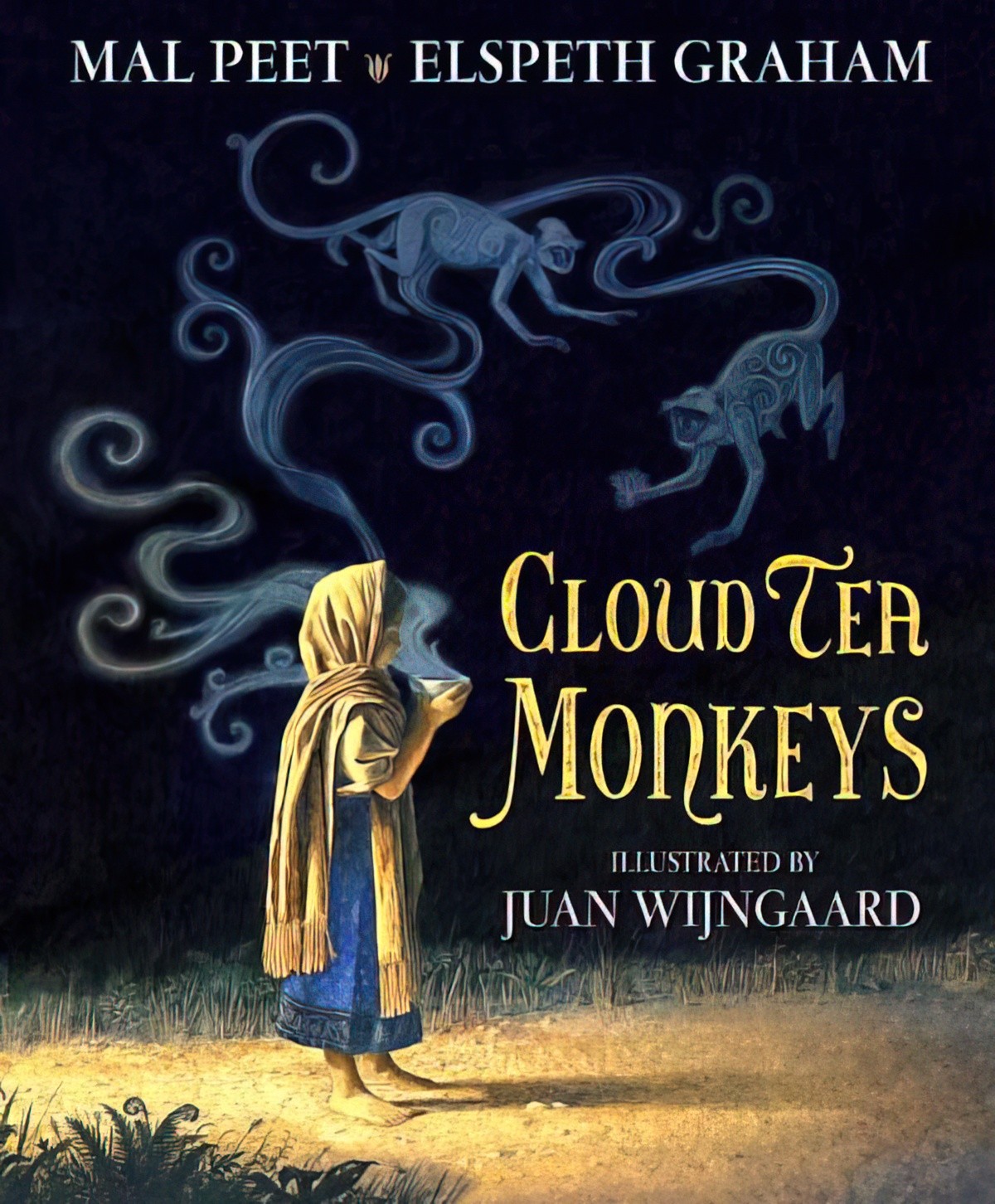
On 15 June 2013, husband and wife team of Mal Peet and Elspeth Graham were interviewed by Kim Hill on Saturday Morning RNZ, for the ‘Playing Favourites’ segment. The songs themselves can’t become podcasts for copyright reasons, but if you’re interested in how a picturebook originates from two co-writers which is then illustrated by someone…
-
What can flight symbolise in literature?
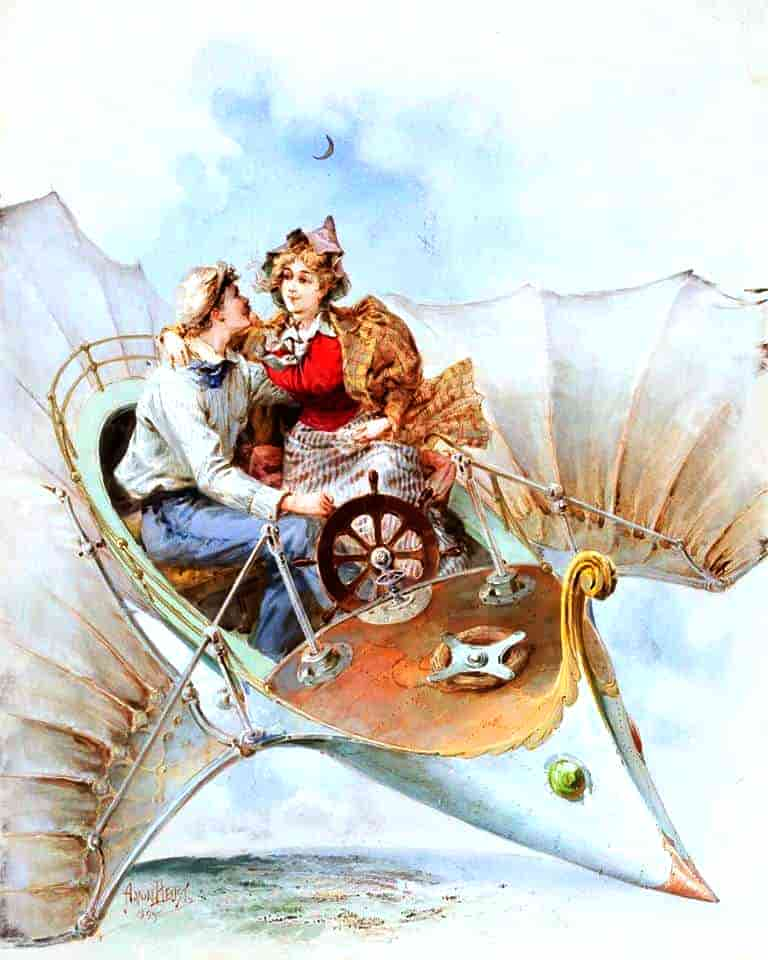
Flight is amazingly common in children’s stories. Several other motifs should be considered symbolically similar: FLOATING AS FLIGHT SYMBOLISM Characters might hold onto helium balloons, levitate by magic or by supernatural means. A picture book example of floating can be seen in “Outside Over There” by Maurice Sendak, in which Ida floats backwards out the…
-
Lookism and Physiognomy in Children’s Fiction
Physiognomy is the assessment of a person’s character or personality from his outer appearance, especially the face. Wikipedia There are plenty of books about this subject, which encourages readers to judge people based on how they look. (Here’s a list on Goodreads.) If you read classic children’s literature you’ll encounter descriptions of character which exist not only…
